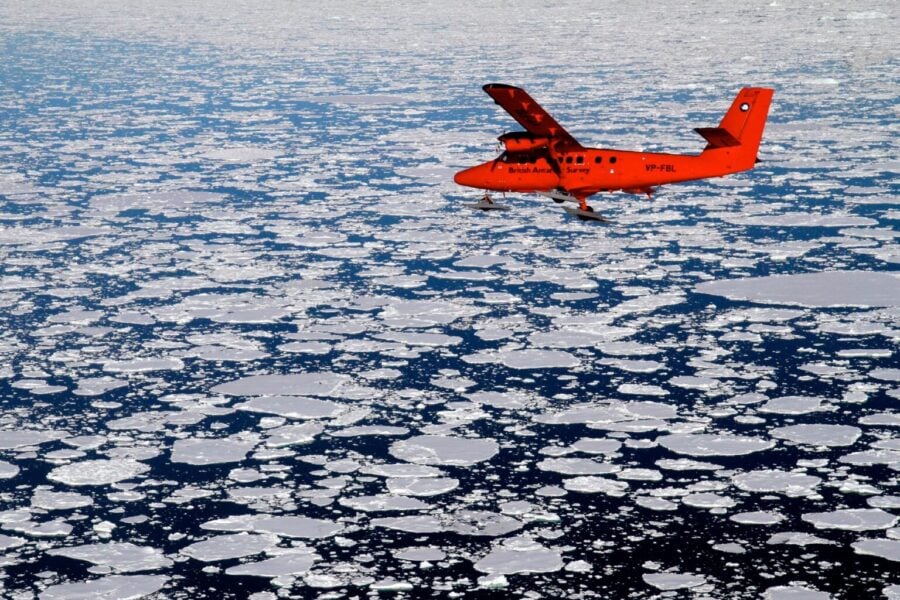In a startling turn of events, Antarctic sea ice reached historically low levels in 2023, with an astounding 2 million square kilometers less ice than usual during the winter months.
This dramatic reduction, equivalent to ten times the size of the United Kingdom, has left scientists scrambling to understand the causes and implications of such a rapid change. Researchers from the British Antarctic Survey (BAS) have delved into the mystery, analyzing data from 18 different climate models to determine the probability of this significant sea ice loss and its connection to climate change.
A One-in-2,000-Year Event Without Climate Change
Lead author Rachel Diamond and her team utilized the extensive CMIP6 climate dataset to investigate the unprecedented sea ice loss. Their findings, published in Geophysical Research Letters, reveal that while the extreme low sea ice of 2023 was made more likely by climate change, it was still considered exceptionally rare according to the models.
“According to the models, the record-breaking minimum sea ice extent would be a one-in-a-2,000-year event without climate change. This tells us that the event was very extreme – anything less than one-in-100 is considered exceptionally unlikely,” Diamond explains.
The Lingering Effects of Extreme Sea Ice Loss
Co-author Caroline Holmes emphasizes the role of climate change in this extreme event, stating, “Strong climate change – i.e., the temperature changes we’re already seeing, and those expected if emissions continue to rise rapidly – in the models makes it four times more likely that we see such a big decline in sea ice extent. This suggests that 2023’s extreme low was made more likely by climate change.”
The researchers also explored the potential for sea ice recovery following such extreme loss. By examining similar events in the models, they discovered that not all sea ice around Antarctica returns, even after twenty years. This finding adds weight to existing observational evidence suggesting that the recent years of low sea ice could signal a lasting regime shift in the Southern Ocean.
Louise Sime, another co-author, warns of the profound impacts of prolonged low Antarctic sea ice, including changes in local and global weather patterns and disruptions to unique Southern Ocean ecosystems, such as whales and penguins.
The complex interplay of factors influencing Antarctic sea ice, including ocean processes, stored heat below the surface, warm sea surface temperatures, and variations in wind and storm systems, makes it challenging to pinpoint the exact causes of the record-breaking low in 2023. However, studies like this one are crucial in determining the likelihood of rapid sea ice losses and the potential for sea ice to remain low in the coming decades.
As Antarctic sea ice plays a critical role in our understanding of climate change, ocean currents, weather patterns, and marine life, the implications of this research extend far beyond the frozen continent. The scientific community must continue to investigate and monitor these changes to better understand and prepare for the future of our planet.


